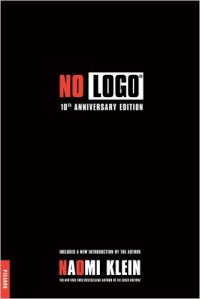THE INTERCEPT: for the first time in history, the president of the United States is a fully commercialized Superbrand, with family members who are best understood as spin-off brands. From an ethics perspective, this is as swampy as it gets, since the Trump dynasty is already profiting significantly from the presidency, whether from the free publicity it is getting for properties that have been transformed into White House satellites, or simply because the Trump brand name is repeated in the global press about a zillion times a day. More worrying are the many opportunities for backdoor lobbying and influence peddling — what better way to curry favour with the First Family than by selecting one of  its properties for a lavish event, or by paying an inflated price to lease the Trump name for a new development?
its properties for a lavish event, or by paying an inflated price to lease the Trump name for a new development?
Journalists have pointed out these conflicts many times, and Trump and his spawn have responded with a defiant shrug. This is happening for very simple reason: Trump isn’t playing by the normal rules of politics, in which elected representatives are accountable to voters and to an agreed upon set of standards. He’s playing by the rules of branding, in which companies are only accountable to their brand image. Here’s the good news: as the recent travails of Pepsi, United, and Fox News tell us, brands have their own special vulnerabilities. And that can be useful, as long as you understand precisely what promise a brand has made to its customers.
It’s a phenomenon I’ve been studying for a long time, ever since I started writing about brand-based pressure campaigns and boycotts in the mid-1990s, research that turned into my first book, No Logo: Taking Aim at the Brand Bullies. What I learned is that any brand – no matter how seemingly amoral – can be significantly weakened with the right tactics. So, with that in mind, here’s a quick-and-easy guide for doing battle with the president in the only language he understands – his own brand. MORE
RELATED: No Logo 10th Anniversary Edition
